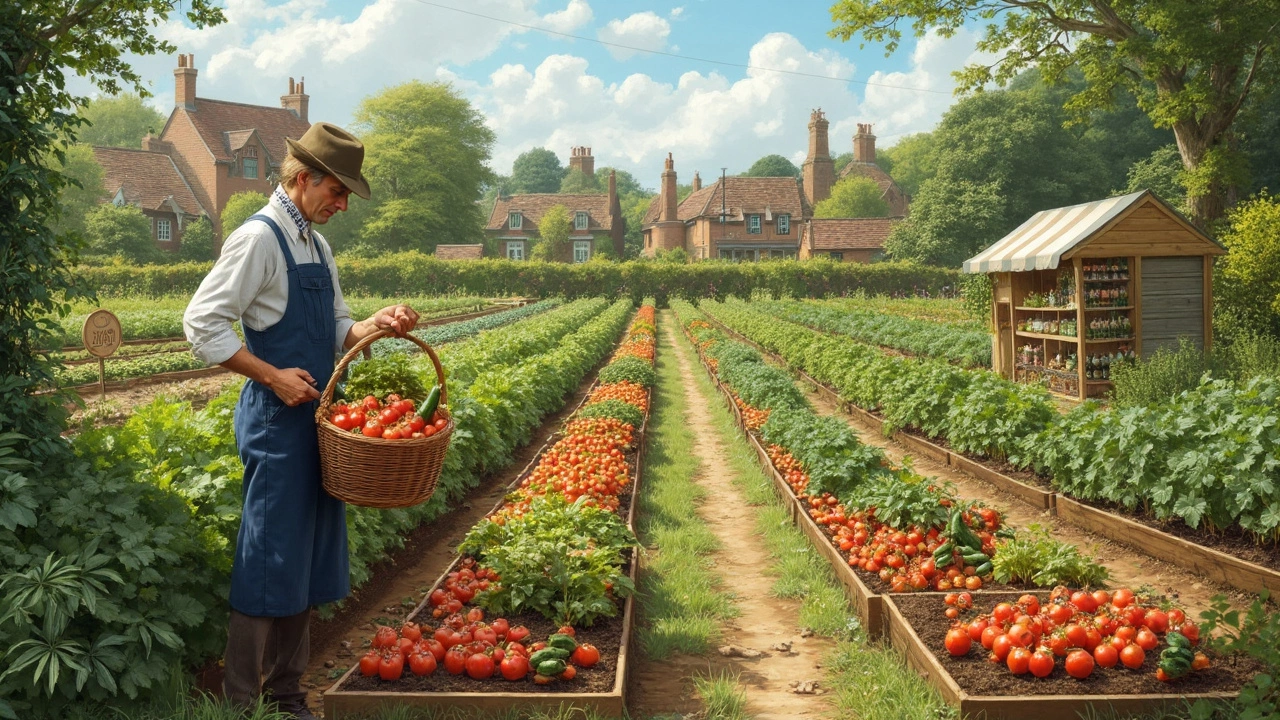Vegetable Growing Made Easy for Every Home Gardener
If you’ve ever thought about picking tomatoes straight from the vine or snipping fresh herbs for dinner, you’re in the right place. Growing vegetables at home doesn’t need a big backyard or a green thumb. The key is to start small, pick the right spots, and follow a few basic steps. Below you’ll find a clear plan you can start today, whether you have a balcony, a patio, or a patch of lawn.
Pick Your Space and Soil
First, decide where you’ll grow. A sunny windowsill that gets 6‑8 hours of light works for small pots. If you have a garden bed, aim for a spot that stays warm and drains well. Good soil is the foundation – mix garden soil with compost or a ready‑made potting mix. The soil should feel crumbly, not heavy. A simple test: squeeze a handful; it should hold together but crumble easily when you poke it.
Choose Easy Vegetables and Plant Them Right
Start with veggies that are forgiving. Lettuce, radishes, beans, and zucchini thrive in most conditions. Follow the seed packet for spacing – overcrowding leads to weak plants. Plant seeds about a quarter inch deep, cover lightly, and water gently. For transplants like peppers or tomatoes, dig a hole twice the size of the root ball, set the plant in, and backfill with soil. Press down around the base to eliminate air pockets.
Watering is simple but crucial. Keep the soil consistently moist, especially after planting, but avoid soggy conditions that cause rot. A good rule: water when the top inch of soil feels dry. Mulching with straw or shredded leaves helps retain moisture and suppress weeds.
Feeding your garden boosts growth. Use a balanced organic fertilizer once a month, or add compost tea every two weeks. Watch your plants for signs of nutrient deficiency – yellow leaves may need more nitrogen, while stunted growth could mean a lack of phosphorus.
Finally, keep pests in check naturally. Hand‑pick larger insects, use neem oil for aphids, and plant companion crops like marigold to deter bugs. Harvest regularly; picking vegetables when they’re ready encourages the plant to produce more.
With these steps, you’ll have fresh, home‑grown vegetables in weeks. Stick to the basics, stay consistent, and enjoy the taste of food you grew yourself.
